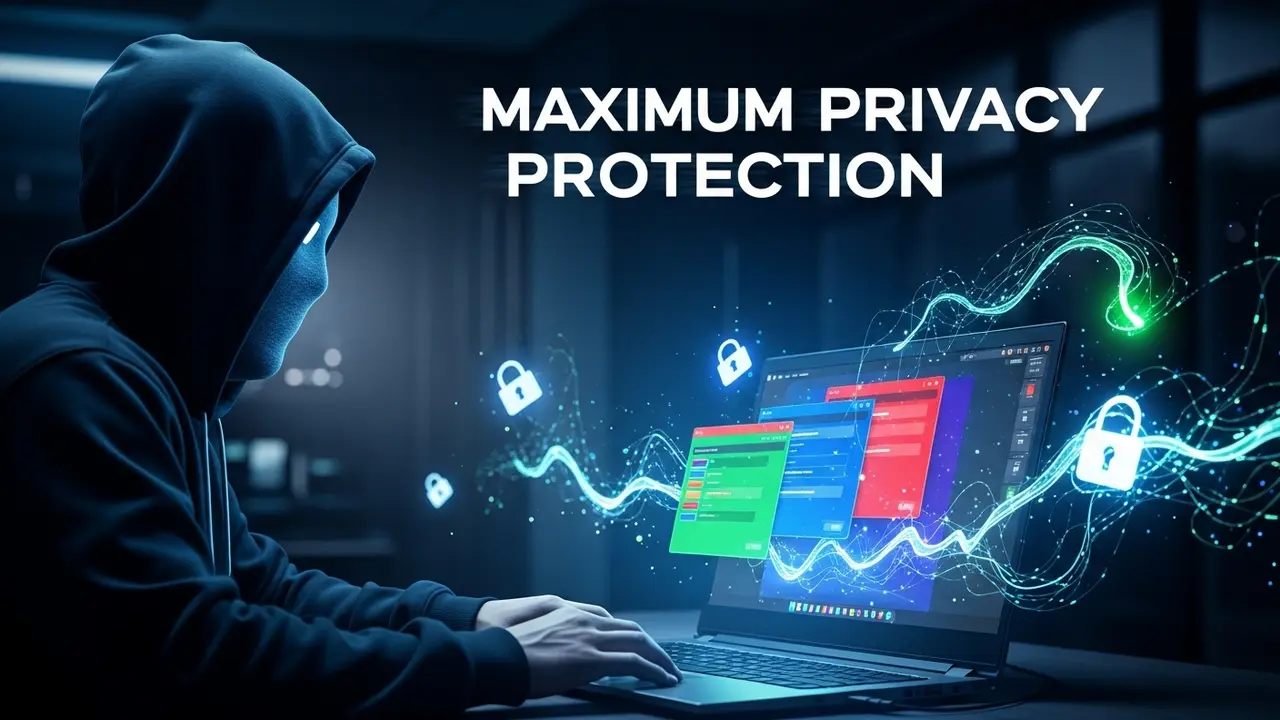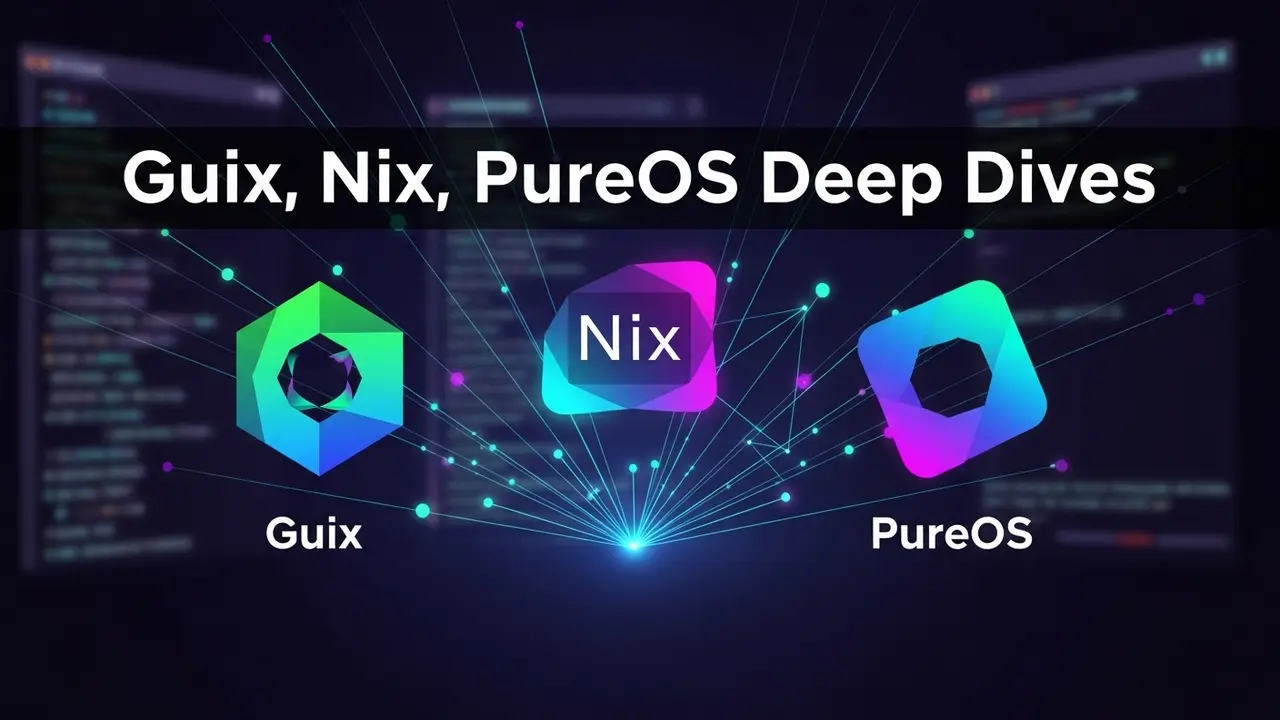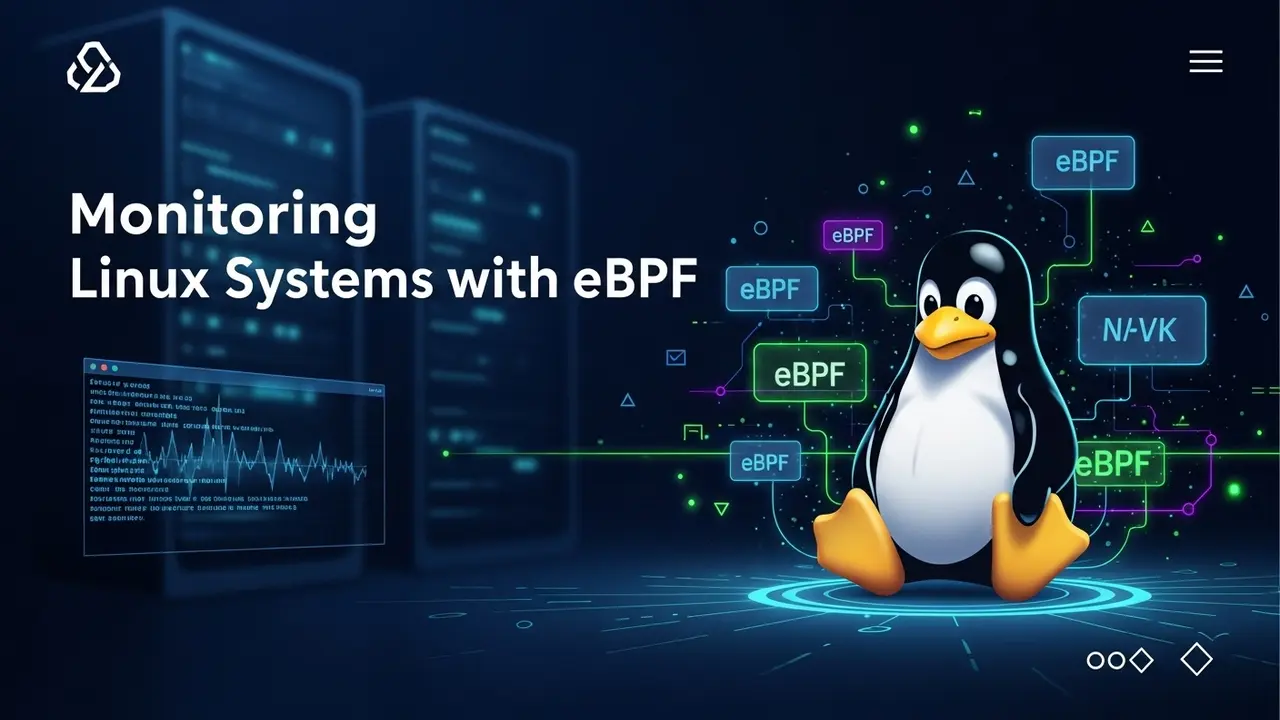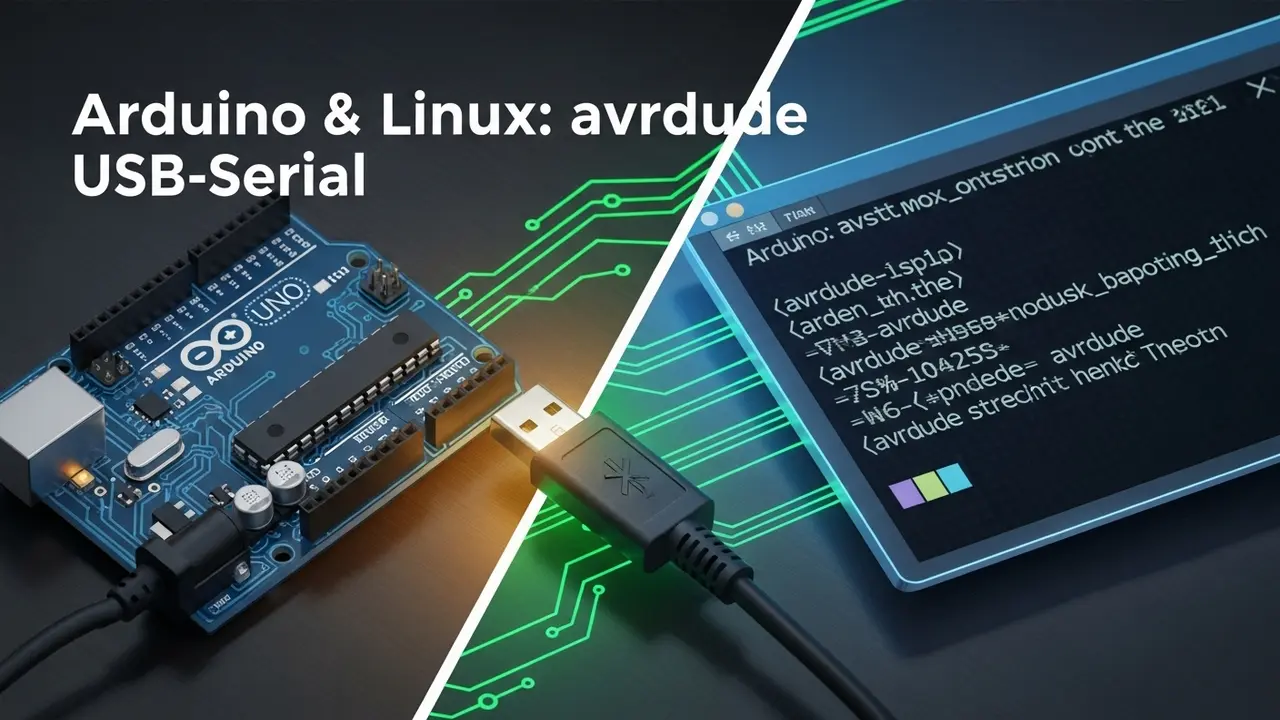Why I Switched My Newsroom to Qubes OS
Two months ago my editor called me in tears.
Her best source—an accountant who had leaked city-hall bribe ledgers—had vanished.
His last Signal message: “I think they’re inside my phone.”
That night I promised myself the same thing wouldn’t happen to my contacts.
The fix? Qubes OS, a free Linux distro that treats every program like it’s living in its own glass box.
If one box breaks, the rest stay safe.
Think of it as giving your laptop a dozen tiny apartments instead of one big house.
My First 24 Hours With Qubes
I’m no coder.
My technical peak is setting up a Spotify playlist.
Still, I got Qubes running on a $450 used ThinkPad in a single evening.
Here’s the exact path I followed.
1. Check the Shopping List
Before you buy or repurpose anything, make sure it can handle these four things:
- CPU virtualization (Intel VT-x or AMD-V)
- 16 GB RAM (I got away with 8 GB for a week, but it felt like jogging in ski boots)
- 512 GB SSD so the separate “rooms” don’t fight for space
- UEFI firmware with Secure Boot turned off
Search your model on the Qubes Hardware List.
If it’s green, you’re golden.
2. Download & Verify the ISO
Go to the official downloads page.
Grab the newest 4.2 image.
Then—this part matters—check the file hasn’t been messed with in transit.
gpg --verify Qubes-R4.2-x86_64.iso.asc Qubes-R4.2-x86_64.isoIf you see “Good signature,” keep going.
If not, delete and re-download.
3. Create the USB Stick
On Windows? Use Rufus.
On Linux or macOS, the dd command works fine.
Reboot, mash F12, pick the USB, and the installer greets you.
4. Install With Full-Disk Encryption
The installer will ask about disk layout.
Accept the defaults, but do not skip the LUKS encryption step.
Pick a long passphrase you can remember—mine is a line from a Springsteen song plus two random symbols.
Locking the Doors After You Move In
Once the desktop appears, resist the urge to open Firefox yet.
Do these three things first:
- Update dom0 (the master control room):
sudo qubes-dom0-update - Update the templates (the individual rooms):
sudo dnf update - Build your traffic chain:
sys-net→ talks to Wi-Fi (never trust it)sys-firewall→ filters the noisesys-whonix→ pushes everything through Tor
Yes, it feels like plumbing.
But once it’s done, every qube you open inherits that Tor tunnel automatically.
My Daily Workflow in Four Color-Coded Cubes
- Red “work” cube – Thunderbird + LibreOffice. Nothing else lives here.
- Black “vault” cube – offline, holds my PGP keys. USB stick with YubiKey plugged in only when I sign documents.
- Green “personal” cube – Slack, YouTube, Spotify. If it gets infected, who cares?
- Blue “disposable” cube – opens suspicious PDFs, then deletes itself when I close the window.
Analogy time:
Imagine four separate wallets.
If you lose the one that only holds coffee-shop change, your rent money is still safe in the bedroom drawer.
The Tool Stack I Actually Use
No 100-item list.
Just the five apps that keep sources alive and sane:
- Signal desktop – sits in its own qube, no browser access.
- Thunderbird + Enigmail – because some sources still swear by email.
- OnionShare – drag, drop, send a Tor link, file vanishes after one download.
- VeraCrypt – for encrypted USB hand-offs in the field.
- KeePassXC – password vault locked behind a passphrase and YubiKey tap.
Everything else—Zoom, Slack, random PDF viewers—lives in disposable cubes I nuke at bedtime.
One Mistake I Made So You Don’t Have To
My second week, I copied a leaked document from the red cube straight into the vault cube using the shared clipboard.
A rookie move.
Clipboard sharing can leak metadata.
Now I transfer files via an encrypted thumb-drive qube that exists only long enough to move the data, then disappears.
Quick fix:
In dom0, open Qubes Settings → Global Config → Clipboard and set it to 30 seconds auto-clear.
Backing Up Without Losing Sleep
Every Friday at 3 p.m. I plug in an external SSD and run:
qubes-backup --encrypt --output /mnt/backup/newsroom-$(date +%F).qubesThe backup file is encrypted with the same LUKS passphrase.
After it finishes, I unplug the drive and stash it in a fireproof bag at my neighbor’s apartment.
If my flat ever gets raided, there’s nothing to confiscate but a bare laptop.
Parting Shot
Qubes isn’t magic.
It still needs you to update software, distrust random links, and meet sources in person when possible.
But compared to the Windows 11 circus I left behind, it feels like switching from a paper diary to a bank vault.
Your whistleblowers are already risking everything.
The least we can do is give them a fighting chance.







